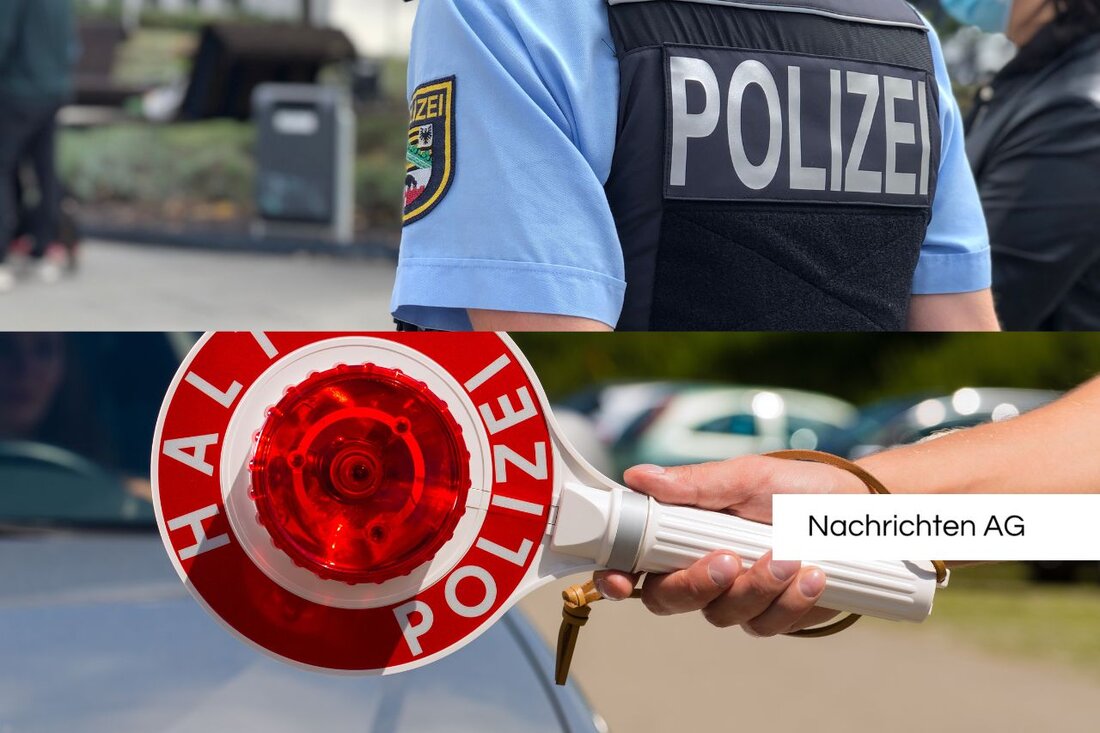Cologne Zoo: Shocking animal attacks and tragic incidents in review!
Find out more about the tragic incidents at the Cologne Zoo that shaped the animals and their painful fates.

Cologne Zoo: Shocking animal attacks and tragic incidents in review!
The Cologne Zoo, a popular attraction in the city, has repeatedly had to contend with dangerous incidents in its long history. These events cast a shadow over animal husbandry and the challenges associated with displaying wildlife. Particularly striking are the stories about the chimpanzee Petermann and the Siberian tiger Altai, whose fates affect not only animal care but also safety regulations in zoos.
On a fateful day in October 1985, chimpanzee Petermann and his companion Susi broke out of their cage. The incident was caused by the incompetence of an inexperienced zookeeper who failed to properly close one of the cage's sliders. The two primates subsequently attacked zoo director Gunther Nogge and a zookeeper, which resulted in serious injuries for Nogge; he had to undergo four hours of surgery in the hospital. The dramatic events ended with Petermann being fatally shot by an animal employee, while Susi was shot by a police officer outside the zoo. Kölner Stadt-Anzeiger reports that this incident caused the conditions for keeping primates in the zoo to be fundamentally reconsidered.
The story of Petermann
Petermann, born in 1947, grew up under less species-appropriate conditions. After he came to the zoo as a cub in 1950, he was raised by humans and developed profound behavioral problems. He was a real crowd favorite who could even eat with cutlery and rode a scooter, which made him particularly well-known in Cologne carnival societies. However, his time at the zoo was not carefree. The lack of socialization with other dogs led to serious behavioral problems, so he was removed from the dressage program in 1985. Wikipedia) highlights that Petermann is ultimately seen as a symbol of rebellion and anarchy in Cologne's history.
Another dramatic incident occurred on August 25, 2012, when animal keeper Ruth K. was attacked by the Siberian tiger Altai. Despite rescue attempts, she succumbed to her serious injuries. In order to bring the situation under control, zoo director Theo Pagel was forced to kill Altai. These tragic events demonstrate the risks associated with caring for such animals and raise questions about safety at Cologne Zoo. The management therefore continuously works to optimize the safety measures for the animals and the staff.
The role of zoos in biodiversity
Zoos play a crucial role in species protection and the preservation of biological diversity, as set out in the EU guidelines for keeping wild animals in zoos. They require institutions, among other things, to participate in research activities on biodiversity and to promote public awareness of the importance of species conservation.
As described in the regulations, zoos must create species-appropriate conditions for the animals and ensure that escapes do not occur. European Union makes it clear that an operating license is only granted under strict conditions that must be checked regularly.
The incidents at Cologne Zoo illustrate the challenges associated with keeping and caring for dangerous animals. Despite the tragic stories touched upon in the past, the zoo remains a place for learning and admiring wildlife. It is hoped that continued efforts in animal husbandry and safety management can prevent similar incidents in the future.

 Suche
Suche
 Mein Konto
Mein Konto